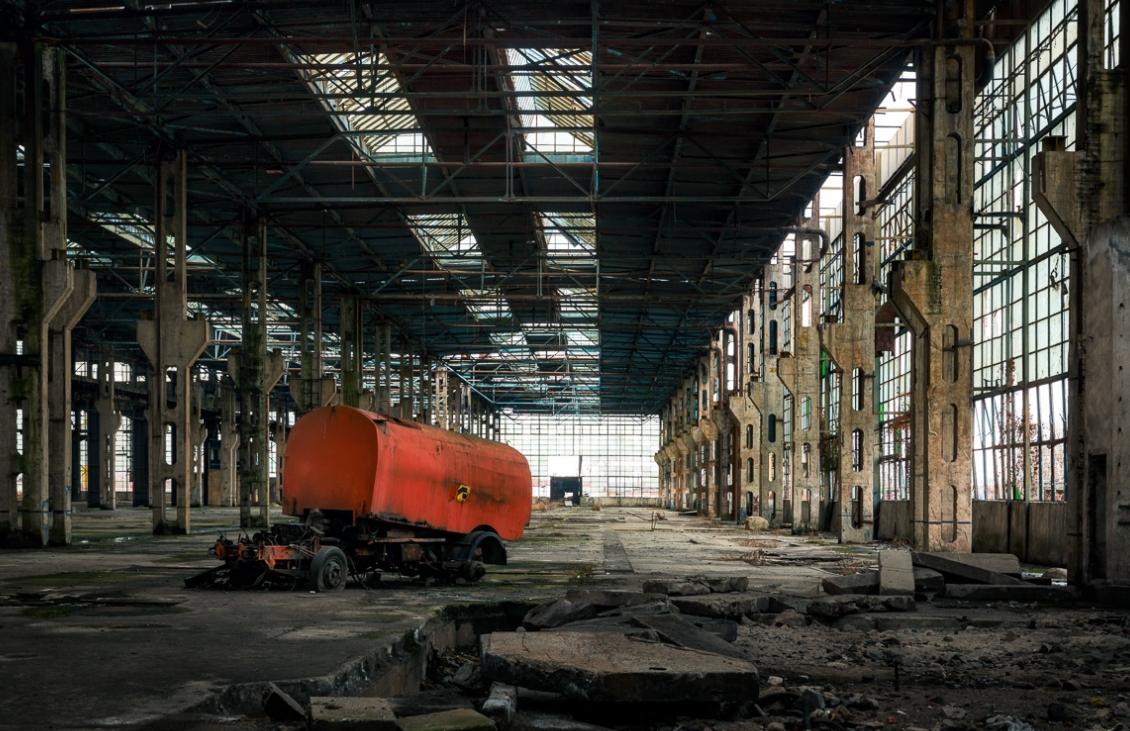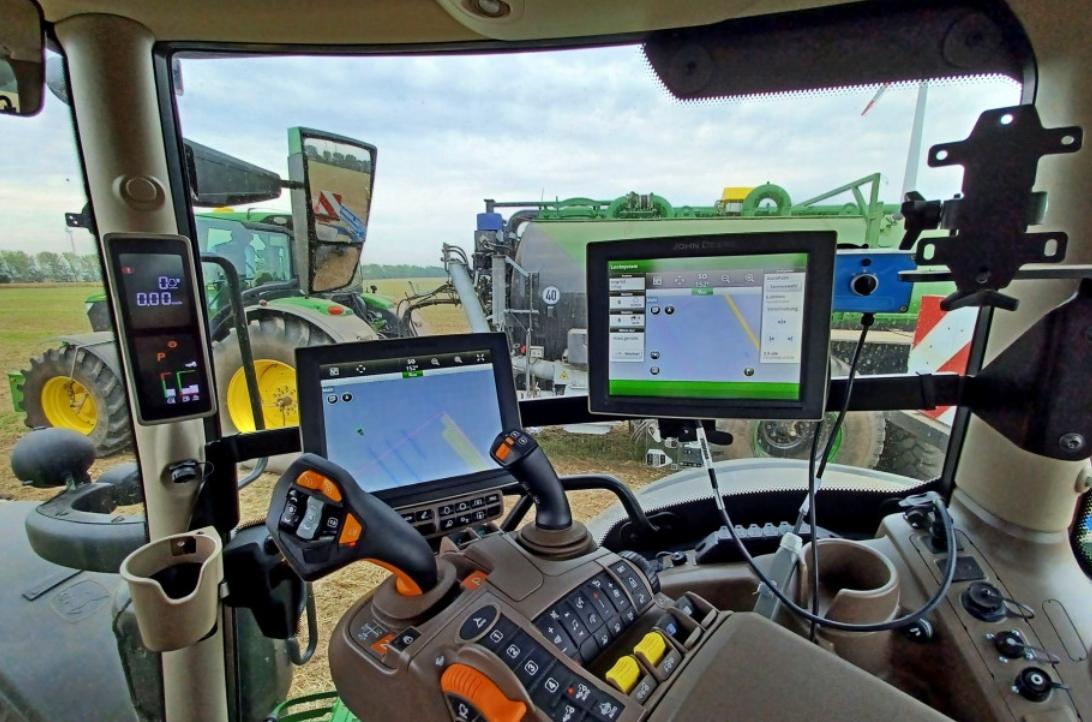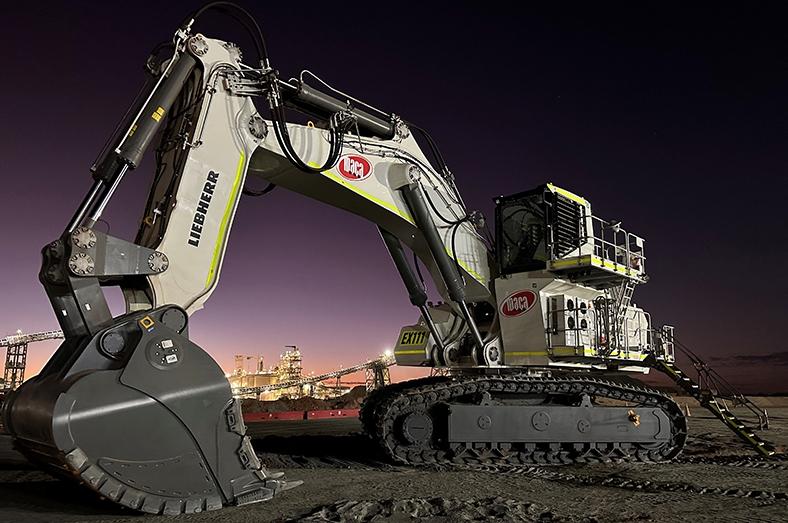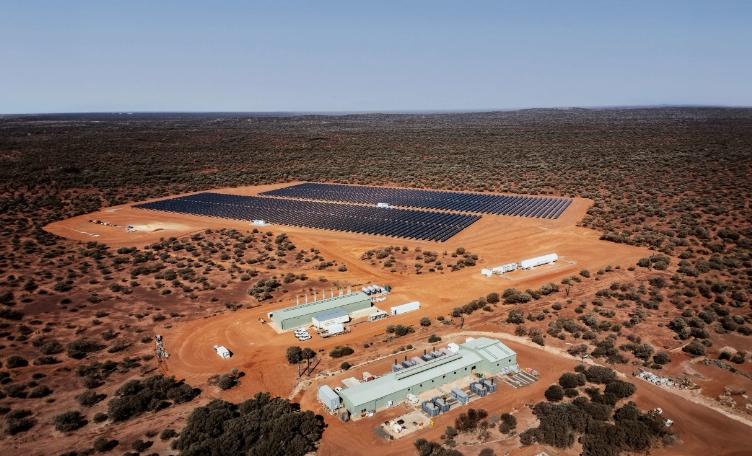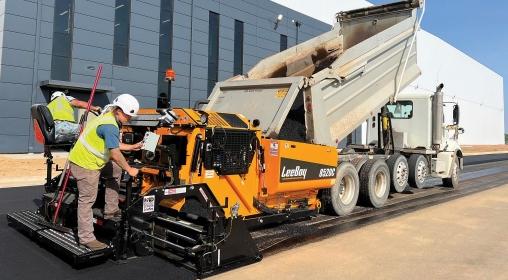“Everything will be razed, there will be nothing left of the old complex, but blocks will be built”
Cluj has had an industrial tradition since the nineteenth century. The industrial tradition of the area began with the establishment of several factories. The economic crisis of the late 1920s, the two world wars, the establishment of communism in Romania did not manage to diminish the industrial strength of this important center of Transylvania. Although it was recognized more as a university city or as a medical research laboratory, Cluj-Napoca developed industrially in the 70s and 80s of the communist period.
The massive industrialization of Cluj led to a change in the occupational structure of the city’s population. If in 1956, the number of the population employed in industry was 48%, in 1989, industrial workers represented 72%. This continuous increase in the number of people from Cluj involved in industry was another episode of Ceaușescu’s utopian plan to forcefully industrialize the whole country.
The Heavy Equipment Plant (CUG) in Cluj was one of the largest industrial platforms in Romania. It was a combination that arose on the direct order of Ceaușescu. In the year of the fall of the communist regime, in 1989, CUG had absorbed the workforce of over 12,000 employees. In its heyday, the 1980s, around the Cluj Heavy Machinery Plant there was a C division football team and a professional folklore and popular dance group that toured all over the world as recreational institutions for the workers of that time. All these are now memories of the communist period.
After modest attempts to develop a large-scale plant in Cluj in 1970, when the foundations were laid for a modern production unit for energy equipment, in 1976, CUG expanded by building capacities for the production of metallurgical machinery. It was only in the 80s, by order of Ceaușescu, that the electric steelworks and the steel foundry were developed. At the same time, a laboratory for mechanical and chemical testing of steel machinery is launched.
At one point, CUG was exporting 10 million dollars a year. Well-trained Romanian engineers, specialized in creating heavy and sophisticated equipment, delivered complex components even for the particle accelerator in Geneva. The combine in Cluj had the largest hydraulic press in Europe and produced ship propellers. The industrial boilers made at CUG still work today in industrial complexes in Siberia and Central Asia.
Few people know that the facilities at the Heavy Machinery Plant in Cluj, at the time of its maximum operation, in the last years of the eighties, rivaled those of similar entities in Germany or Sweden. Numerically controlled lathes, machines with an integrated computer were considered at the time to be cutting edge technology that made the industrial process more efficient.
The Cluj plant, like other Romanian industries during Ceaușescu’s time, also benefited from top technologies. They were obtained either through the inventiveness of Romanian specialists or, if necessary, through clandestine operations of Romanian technological espionage in the West. Developed to maximum capacity in the mid-80s, the combined plant in Cluj benefited from the fruits of the first wave of automation and computerization that had begun in force in the Western states.
“They sold everything that was valuable in the compound for nothing”
After 1989, all these high-performance machines were sold by the directors of the Combine from Cluj, under the pretext that they are nothing more than tools that must be scrapped.
Journalist Liviu Man, director of Gazeta de Cluj, explains the importance of the Heavy Equipment Complex in the local industrial landscape, but also the stages through which a high-performing industrial platform of the city was brought to a state of ruin:
“Cluj was not an industrial city like Brașov, Ploiesti or Pitesti. It was, first of all, a university city, a city of university clinics, but Nicolae Ceaușescu, since the 80s, had the idea to hear the “voice of the forge” in Cluj, as he said. And he founded the Cluj Heavy Machinery Plant, CUG. The combine was established in 1985 and represented an industrial platform on which, at the fall of communism in 1989, 12,500 workers were working.
What is important to say? CUG was a super-technological combine, because it was launched in 1985, and what was best at that time had either been bought or stolen from the West by Romania’s industrial espionage. And that was the first shock. I am a graduate of Polytechnic in Cluj. Between 1983 and 1989, I was a student of machine building technology. We were practicing in CUG.
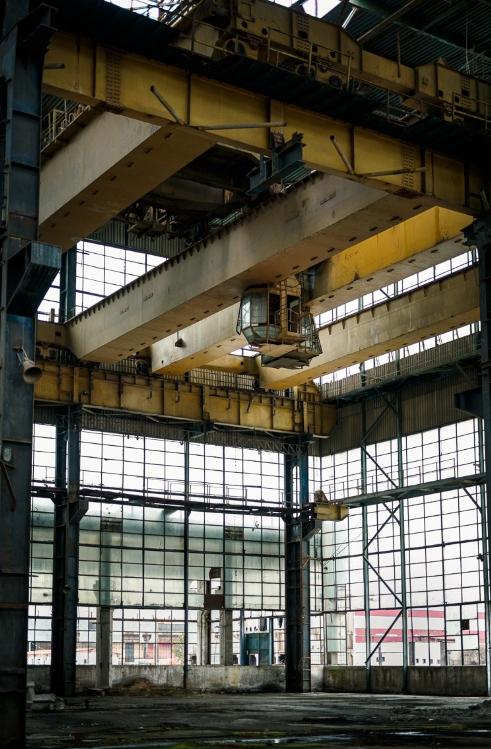
All the valuable tools in the combine – CNC lathes, machines with integrated computer – were, more than 35 years ago, a rarity. CUG was equipped with such technologies time They all disappeared in the first three months of 1990.
The directors who were then in the combine are guilty. There was a period of a year or two, when practically no law was respected. The directors behaved in the compound like bosses, although they were only employees of the state. They simply sold everything that was valuable in the compound for nothing. That was a first step.
The second stage was the one in which he was free to hire. Back then, all the directors hired their relatives, aunts, nephews, mistresses and wives. This is a phenomenon that continues today in state-owned companies. The wage bill grew exponentially, the Eastern European markets were lost and the combine idiotically continued to produce on stock. The product produced no longer had a search.
Of course, the maturity came, the bankruptcy. The combine broke into about seven factories, some smaller CUGs. After that, three of them defaulted and now we have a combined company made up of about four “chips” that also later went bankrupt. And on the land on which the Cluj Heavy Machinery Plant is located, there are now wholesale warehouses.
A super real estate project will soon arrive there. Everything will be razed, there will be nothing left of the old complex, but blocks will be built. It will happen as it happened with the platform at the former Tractorul factory in Brașov.”
Many serious investors refused to buy the combine because it had split into several private companies. The Heavy Machinery Combine was divided, in 1991, into eight companies: Fortpres, Termorom, UNIMET, TCM, PSA, Tehnomag, ERS and Fortur.
Some engineers who worked in the 80s at CUG say that this plant should have been sold as a whole to a serious investor, and not in sections or separate components, as happened, because a plant is a living organism, in which the components they help each other.
At one point, in the early 2000s, a Ukrainian company – Donbass Industrial Union from Donetk -, owned by Rinat Ahmetov, the owner of the Shakhtar football team, was interested in acquiring the majority stake in the Heavy Machinery Combine. But the relationship of the former general manager of CUG, Dorin Ilies, with the Ukrainian partners was lost in the fog.
Also, the famous CUG transport base ended up in the hands of the controversial businessman Ioan Bene, the subject of criminal investigations.
“Under the pretext that they are “old beasts”, they were selling valuable equipment. This is the sad story”
In 2003, the Cluj plant recorded total losses of 121 billion lei, and debts amounted to 801 billion lei. But, no one was interested in buying the entire combine even after APAPS announced the cancellation of its debts.
If you walk today through the courtyard of the former Heavy Machinery Factory, among the huge halls in ruins, you can still see the inscriptions rusted by time above the entrances to the spaces where thousands of workers once bustled: the Heavy Forge, the Steel Industry.
The former production halls of the complex were transformed into numerous wholesale warehouses. After dozens of legal disputes related to the complex’s heritage will be resolved, its land will be exploited by local real estate companies.
Did the Heavy Machinery Plant deserve to disappear into the Jurassic Park of dubious privatizations? Was this combine really, at the end of 1989, when the communist regime fell, just a “heap of old beasts”, as a former post-December prime minister had said about the entire industry from the Ceaușescu era?
“The best example that this was not the case is the Heavy Machinery Plant in Cluj, where, having been completed and brought to full capacity in 1985, it had what was the best performing technology in the world at that time. But there it was about the corruption of the executives and the thieving that happened in the early years after 1989, when everything that was valuable in terms of machinery was being sold for nothing in the West.
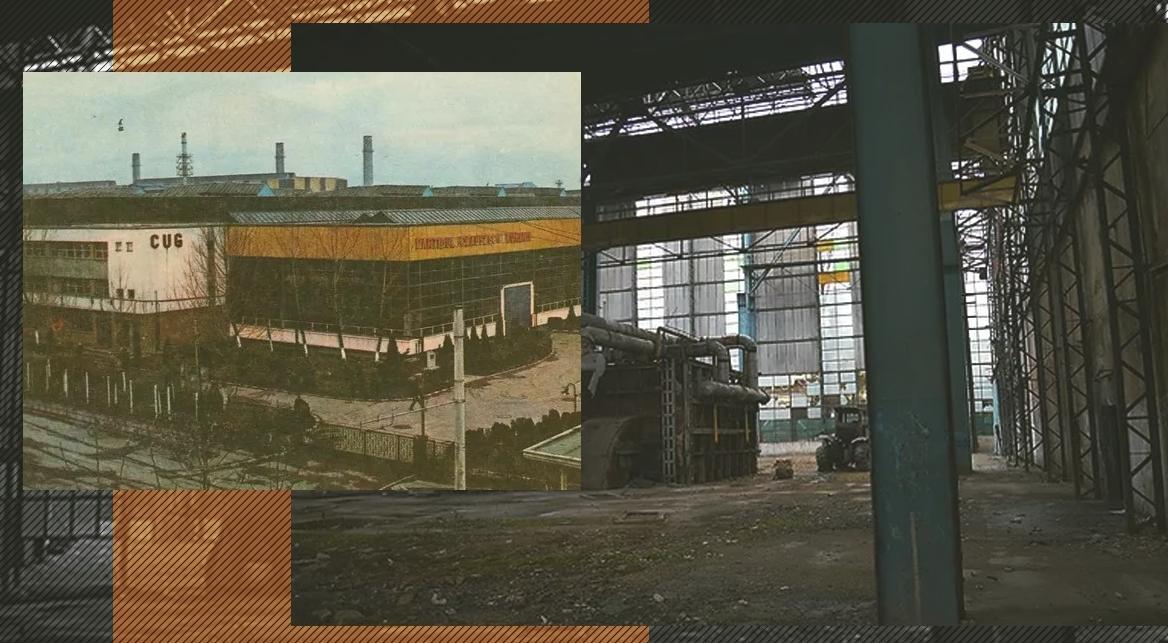
Those from the West came, saw that they were valuable and bought them at fifteen times lower prices. And they, the directors, under the pretext of selling some “old beasts”, were actually selling some very new and very valuable machines. This is the sad story of what happened in Cluj.
Since the pandemic, we see how important it is to be able to produce what you need yourself, not to rely on China all the time. We ended up not even being able to manufacture masks, medical gowns, and other absolutely ridiculous things, which the Romanian industry could no longer do, as before”, said the journalist Liviu Man.

